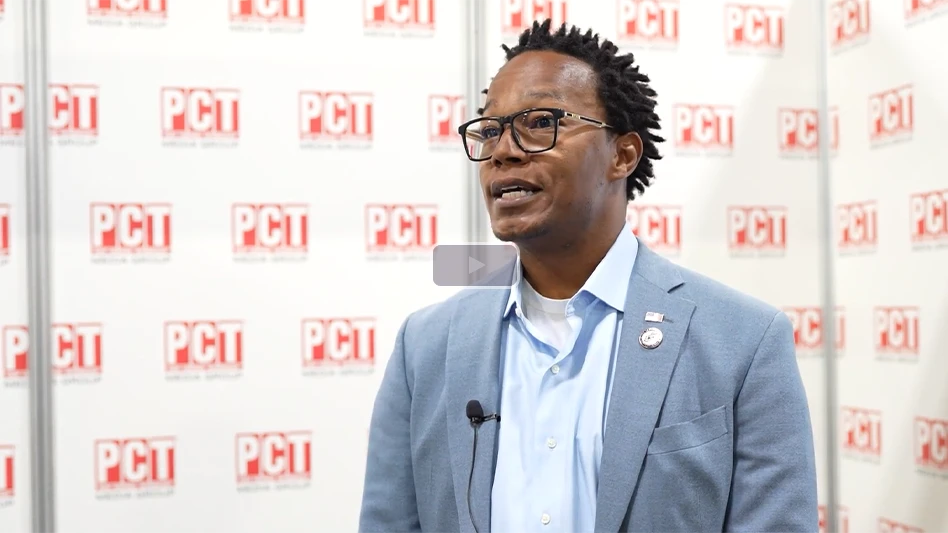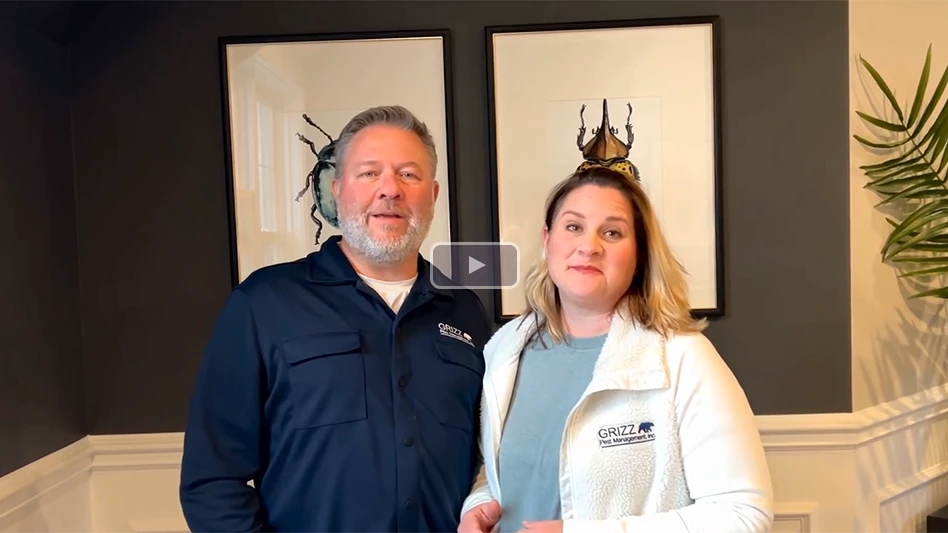Q: What is "organic"?
A: "Organic" means that food is grown, processed, packaged and sold under conditions that prevent synthetic chemicals or additives from being introduced to the food.
Q: What is "Certified Organic?"
A: Food growers and processors are allowed to display the USDA Organic logo if they comply with all of the rules of the U.S. government’s National Organic Program (NOP), administered by the U.S. Department of Agriculture (USDA). (Canada has equivalent rules and certification — see page 54.)
Q: Who must be certified?
A: For the most part, organic certification is for food growers, processors or packagers (called "handlers" in the parlance of the NOP) who want to display the USDA Organic logo on their packaging. Grocery stores, grocery distribution warehouses, and restaurants are not required to be certified in order to sell, distribute or serve organic food. However, many grocery store chains voluntarily submit to organic inspection, and therefore must follow the organic rules.
Food growers or processors selling less than $5,000 worth of goods each year are also not required to be certified.
Q: Who decides what’s allowed and not allowed?
A: The U.S. Organic Foods Production Act of 1990 set uniform standards for organic production under the National Organic Program (NOP), which went into effect in 2002. The National Organic Program is administered by the Agricultural Marketing Service of the U.S. Department of Agriculture (USDA/AMS). A number of private organic inspection agencies, called organic certifying agents, do much of the legwork for USDA, and each of these agencies might have slightly different interpretations of the rules. (See page 54 for equivalent Canadian terminology.)
Q: What are certifying agents?
A: Private companies that assess a food plant’s organic compliance under the requirements of the U.S. National Organic Program are called "certifying agents." Using the standards set forth in the NOP and under authority of USDA, certifying agents review a plant’s organic handling plan — including its pest management practices — and decide whether the plant is in compliance with NOP rules. If everything is in order, the plant gets to place the USDA Organic logo on its packaging.
Quality Assurance International (QAI) and Oregon Tilth are two prominent organic certifying agents. There are many others.
Q: Which pest control materials are permitted?
A: As will be explained later in this article, no pest control materials may be used in organic facilities until non-chemical measures have first been tried and found inadequate to prevent or control pests.
When it is necessary to apply a pesticide, there are some pest control materials that are often considered first in organic facilities: these are the so-called "National List" materials. The National List materials include products containing boric acid, soaps, horticultural oils, Vitamin D3 (rodenticide bait containing cholecalciferol), pheromones and non-synergized pyrethrins.
There are certain conditions under which other pesticides not named in the National List may be applied.
Q: What are the rules for pest management?
A: Live by these rules in organic facilities:
1. Food growers and processors must practice effective sanitation and exclusion as the primary way of preventing and controlling pests. All of those things you tell your food-processing clients about cleaning dirty equipment and repairing screens take on a whole new level of meaning in organic facilities because the law says they must use cleaning and structural maintenance to control pests before they can use any pesticide.
Along with sanitation and exclusion, organic processors must consider any physical controls that can be practically applied, such as drying out damp areas, using different types of light that are less attractive to flying insects, and using low and high temperatures to prevent or eliminate pests. Allowed physical controls also include mechanical traps for insects and rodents.
2. If sanitation, exclusion and physical controls alone cannot prevent or control the target pest, you are permitted to apply a pest control material. Some organic certifying agencies require you to select a pest control material named on the National List for this step. The National List is a part of the National Organic Program rules that names substances that can be used as inputs in organic food. Pest control materials named on the National List include boric acid, Vitamin D3 (cholecalciferol), horticultural oils, pheromones and non-synergized pyrethrins.
3. If sanitation, exclusion, physical controls and the use of an available material named on the National List cannot prevent or control the target pest, you are permitted to apply a pest control material whose active ingredient is not named on the National List.
Q: Excuse me? Did you just say it’s OK to use "normal" pesticides in organic facilities?
A: You have to exhaust all your options in the correct order — first non-chemical, then National List, and if all else fails you can use a material not named on the National List.
When using a non-National List pesticide (actually, any pesticide), you must apply it in such a way that the pesticide does not contact any organic food or food-contact surface.
Obtain advance approval for any pesticides you plan to use in an organic facility by submitting a list of approved materials to your client as part of your written pest management program.
Q: So, is everything fair game?
A: There are some pesticides you cannot use in organic facilities under any circumstances. For example, you cannot use fumigants (unless your company is set up to perform carbon dioxide fumigations), because fumigation involves pesticides penetrating (and thereby contacting) the food. You also cannot use synergized pyrethrins, because although pyrethrins are named on the National List, the synergists that are added to some products make them non allowed for contact with organic food. (There are non-synergized pyrethrin products on the market; one is MGK’s PyGanic.)
Q: How do these rules apply in Canada?
A: In 2009, the Canadian government passed legislation similar to the National Organic Program. Food products made according to Canada’s organic standards bear the symbol of the Canada Organic Regime (COR), which is administered by the Canadian Food Inspection Agency.
Also since June 2009, there is an agreement of equivalency between U.S. and Canadian organic rules. This agreement says that food produced according to U.S. organic standards is considered organic in Canada — and vice versa.
In order to keep this article as short as possible, Canadian readers can substitute the equivalent Canadian terminology for its U.S. counterpart, as follows: "Canada Organic Regime" (COR) for "National Organic Program;" and "Canadian Food Inspection Agency (CFIA)" for "USDA/AMS."
Q: How do I get started?
A: In order to become an organic processor (or grower or packager) under the National Organic Program, your food-processing client must submit documentation to their organic certifying agent. Collectively, this documentation is called an "Organic Handling System Plan." It describes everything that happens within their facility, and how the organic integrity of the food is protected at every step — in other words, how they prevent any unwanted chemicals from getting into or onto the food.
As a pest management professional, you are responsible for writing an important part of your client’s organic handling system plan: your written pest management program becomes part of the facility’s overall handling plan.
Every company has its own format for creating written pest management programs. Make sure your program states that your work will incorporate the principles of Integrated Pest Management; that inspection and monitoring (not chemical applications) are the central activities in your program; and that non-chemical strategies such as sanitation, preventive maintenance and physical controls will be practiced first, with chemical applications to be used as a backup only if and when non-chemical measures fail to prevent or control pests.
In your written pest management program, state that your work will be conducted according to the rules of the National Organic Program.
Along with your written program, submit a list of approved pest control materials. This list should include some National List materials to try first, and some non-National List materials to fall back on if necessary. See the list on page 56 for suppliers of National List-compliant pesticides.
For each pest control material listed, provide:
• The name and EPA Registration Number of the material
• A blank for your client to indicate approval of the material (e.g., by initialing next to the material’s name)
• A brief statement of what the material is for
• A brief statement of how the material is applied (e.g., crack and crevice, spot, barrier, bait station, etc.)
• A description of measures that will be taken, when it is necessary to apply the material in order to prevent contact between the pest control material and organic food or food-contact surfaces. For example, you might indicate that insecticide gel baits will be applied on retrievable paper bait placements to be picked up after they have served their purpose; or you might state that a liquid residual insecticide is to be applied under low pressure as a crack and crevice treatment. Alternately, you might specify that when a particular material is to be applied, organic food is to be removed from the area and all food-contact surfaces are to be covered.
Your organic food-handling client will take your written program and pesticide list and submit it, along with their overall organic handling plan, to their organic certifying agent for approval.
A pest control log book is an absolute must for any organic pest management program. It should contain:
• Your formal, written pest management program and list of approved pesticides
• Daily log report forms for recording your activities, inspection findings, recommendations and pesticide applications
• All of the other things you’d include in any food-plant pest management program, such as device maps, pest trending information, license copies, certificates of insurance, etc.
Q: What do I do when servicing an organic facility?
A: Much of what you do in an organic food plant will be the same as what you’d do in any account: practice responsible Integrated Pest Management. The difference is that you follow more formalized rules, and your paperwork must show your compliance with the rules in great detail.
As you go about your work, inspect. Look for signs of pests, signs of pest damage, conditions that might be conducive to pest activity, and opportunities for your client to make improvements in sanitation, structural maintenance and personnel practices. Communicate these things verbally to your client, but also make written notes in your daily log report. When writing log reports, reference the organic rules. For example, you might write: "I noticed a build-up of old flour dust on overhead ledges in the packaging department. Please clean this up and add this task to your Master Cleaning Schedule. According to organic rules, sanitation must be done prior to using any pesticide."
Respond to any pest activity you see — or any pest activity that is reported to you — by following the pest management rules of the NOP:
• First, consider and try any non-chemical measures that might work.
• Second, consider whether there is an appropriate "National List" material, such as a boric acid-based ant bait or diatomaceous-earth dust, that might be effective, and apply that.
• Third, if non-chemical measures and the use of National List materials fails to prevent or control pests, you can use a material that is not named on the National List. You must do so in a manner that precludes any contamination of food or food-contact surfaces.
• In every instance, communicate! Record your recommendations, actions, and pesticide applications, and reference the rules you are complying with in doing so. You should create a paper trail that you, your client, and your client’s organic inspectors can follow and that shows you complied with the rules for organic pest management.
Q: Where can I learn more?
A: This article is a condensed version of the things you must know in order to service organic food plants. Readers are welcome to contact the author directly with any questions they may have.
The author is a Board Certified Entomologist and technical director for Plunkett’s Pest Control, Fridley, Minn. Plunkett’s is a Copesan Pest Solutions Partner. Contact him at jbruesch@giemedia.com.

Explore the December 2010 Issue
Check out more from this issue and find your next story to read.
Latest from Pest Control Technology
- MGK Announces EPA Registration of Botanical Active Ingredient Veratrine
- Termite Control Sales Strategies
- NPMA Announces ELP Class of 2025
- Termite Control Tools and Equipment for PMPs
- Choe Reviews Drywood Termite Geographical Hotspots, Latest Research Findings
- Mosquito Squad Announces Rebranding to Mosquito Squad Plus
- Pest Control Equipment: If it’s Critical, Back it Up!
- In Memoriam: Marybeth Wonson





